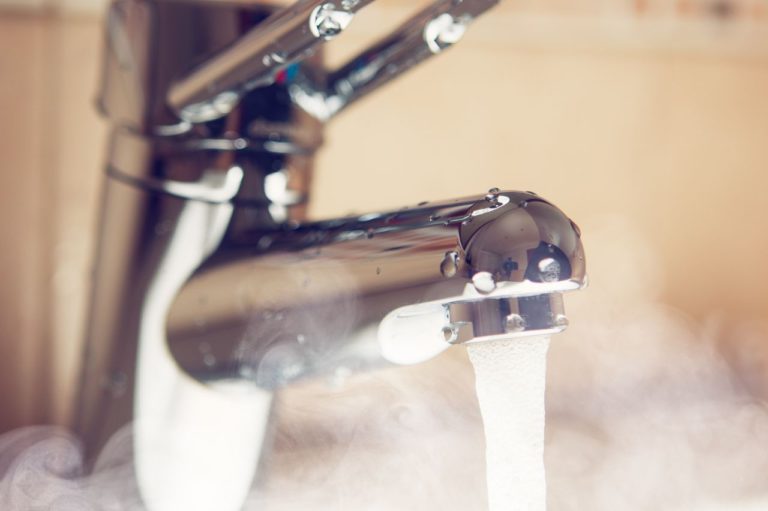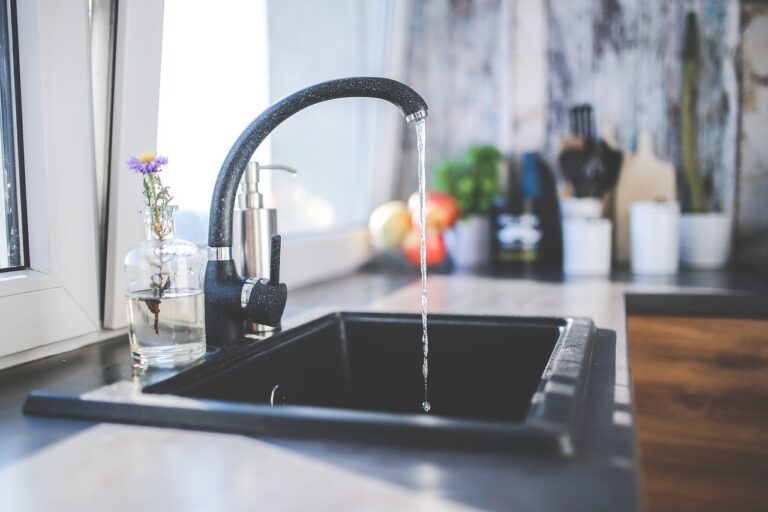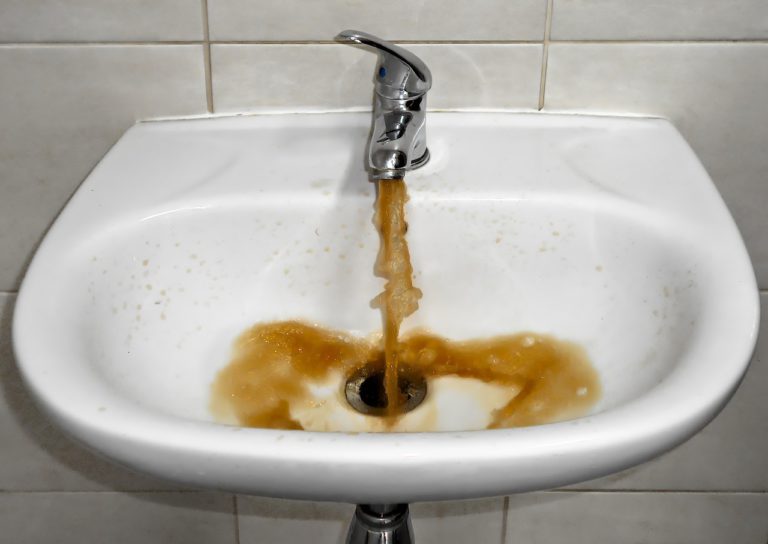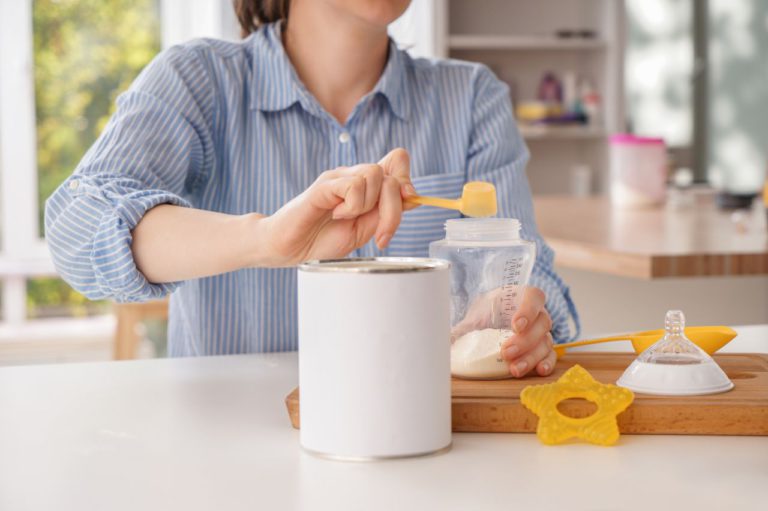The Hard Facts About Your Tap Water
How safe is your tap water?
The quality of tap water is often taken for granted, but it’s important to consider whether it’s safe for consumption. Unfortunately, many people are unaware that their tap water may contain harmful chemicals and pollutants that can negatively impact their health. In this article, we will explore the potential dangers of contaminated tap water and provide tips on how to protect yourself and your loved ones. From installing home filtration systems to regularly testing your water, there are several steps you can take to ensure that your tap water is safe to drink. Let’s dive in and learn how to safeguard our most precious resource – water.
Sources of Tap Water Contamination
Our tap water comes from a variety of sources, including rivers, lakes, reservoirs, and underground aquifers. While these sources are generally safe, there are several ways in which they can become contaminated. Some of the most common sources of tap water contamination include:
Agricultural runoff
Pesticides and fertilizers used in farming can find their way into nearby water sources and contaminate the water supply. This is especially common in rural areas where agriculture is the primary industry.
Industrial pollution
Factories and other industrial facilities can release chemicals and other pollutants into the air and water, which can then find their way into the local water supply.
Aging infrastructure
Many cities and towns have outdated water treatment systems that are unable to filter out certain contaminants. As a result, these contaminants can make their way into the tap water.
Natural disasters
Floods and other natural disasters can cause water sources to become contaminated with bacteria and other harmful substances.
Health Risks of Contaminated Tap Water
Drinking contaminated tap water can have serious health consequences, especially for children, pregnant women, and people with weakened immune systems. Some of the most common health risks associated with contaminated tap water include:
Gastrointestinal issues
Contaminated tap water can cause stomach upset, diarrhea, and other gastrointestinal problems.
Skin irritation
Chemicals and other pollutants in tap water can irritate the skin, leading to rashes and other skin conditions.
Reproductive problems
Certain chemicals found in tap water have been linked to reproductive problems, including infertility and miscarriage.
Cancer
Some contaminants in tap water, such as lead and arsenic, have been linked to an increased risk of cancer.
Signs of Contaminated Tap Water
While some contaminants in tap water are odorless and tasteless, others can be detected through sight, smell, or taste. Some common signs of contaminated tap water include:
Cloudy or discolored water
If your tap water appears cloudy or discolored, it may be contaminated with sediment or other particles.
Unpleasant odor or taste
If your tap water has a strange odor or taste, it may be contaminated with chemicals or other pollutants.
Stains on clothing or fixtures
If you notice rust-colored stains on your clothing or fixtures, it may be a sign that your tap water is contaminated with iron or other minerals.
How to Test Your Tap Water for Contamination
If you suspect that your tap water may be contaminated, it is important to have it tested. There are several ways to test your tap water for contamination:
Contact your local water utility
Most water utilities are required to test their water supply regularly and provide consumers with a yearly water quality report. Contact your local water utility to request a copy of the report.
Use a home testing kit
Home testing kits are available at most hardware stores and online retailers. These kits allow you to test your tap water for a variety of contaminants, including bacteria, lead, and pesticides.
Hire a professional
If you want a more comprehensive analysis of your tap water, you can hire a professional water testing company. These companies will send a technician to your home to collect water samples and analyze them in a laboratory.
Preventing Tap Water Contamination at Home
In addition to testing your tap water for contamination, there are several steps you can take to prevent contamination from occurring in the first place:
Be mindful of what you pour down the drain
Chemicals and other pollutants can find their way into the water supply through the sewer system. Be careful not to pour chemicals, oils, or other harmful substances down the drain.
Dispose of medications properly
Flushing medications down the toilet can lead to contamination of the water supply. Instead, dispose of medications at a local pharmacy or through a community drug take-back program.
Maintain your septic system
If you have a septic system, it is important to have it inspected and pumped regularly to prevent contamination of the surrounding soil and water.
Store chemicals properly
If you store chemicals or other hazardous materials at home, be sure to keep them in a secure location away from water sources.
Best Water Filtration Systems for Tap Water
If you want to ensure that your tap water is safe to drink, a water filtration system can provide an extra layer of protection. There are several types of water filtration systems available, including:
Carbon filters
Carbon filters are the most common type of water filtration system. They work by removing chlorine, sediment, and other contaminants from the water.
Reverse osmosis systems
Reverse osmosis systems use a semi-permeable membrane to filter out contaminants from the water. These systems are effective at removing a wide range of pollutants, including lead and fluoride.
UV filters
UV filters use ultraviolet light to kill bacteria and other microorganisms in the water. These filters are particularly useful for homes that rely on well water.
Bottled Water vs. Tap Water – Which Is Safer?
Many people turn to bottled water as an alternative to tap water, but is it really safer? While bottled water is generally safe to drink, it is not necessarily safer than tap water. In fact, bottled water is often less regulated than tap water and can contain high levels of contaminants. Additionally, bottled water is much more expensive than tap water and contributes to plastic waste.
Protecting Your Family from Tap Water Contamination
The best way to protect your family from tap water contamination is to take a proactive approach. This includes testing your tap water regularly, using a water filtration system, and being mindful of what you pour down the drain. Additionally, it is important to teach your children about the importance of water conservation and the impact that our actions can have on the environment.
Conclusion and Final Thoughts
In conclusion, contaminated tap water is a serious issue that can have a negative impact on our health and the health of our families. By understanding the sources of contamination, recognizing the signs of contaminated water, and taking steps to prevent contamination, we can ensure that our tap water is safe to drink. Whether you choose to use a water filtration system or rely on regular testing, it is important to take an active role in protecting our most precious resource – water.






